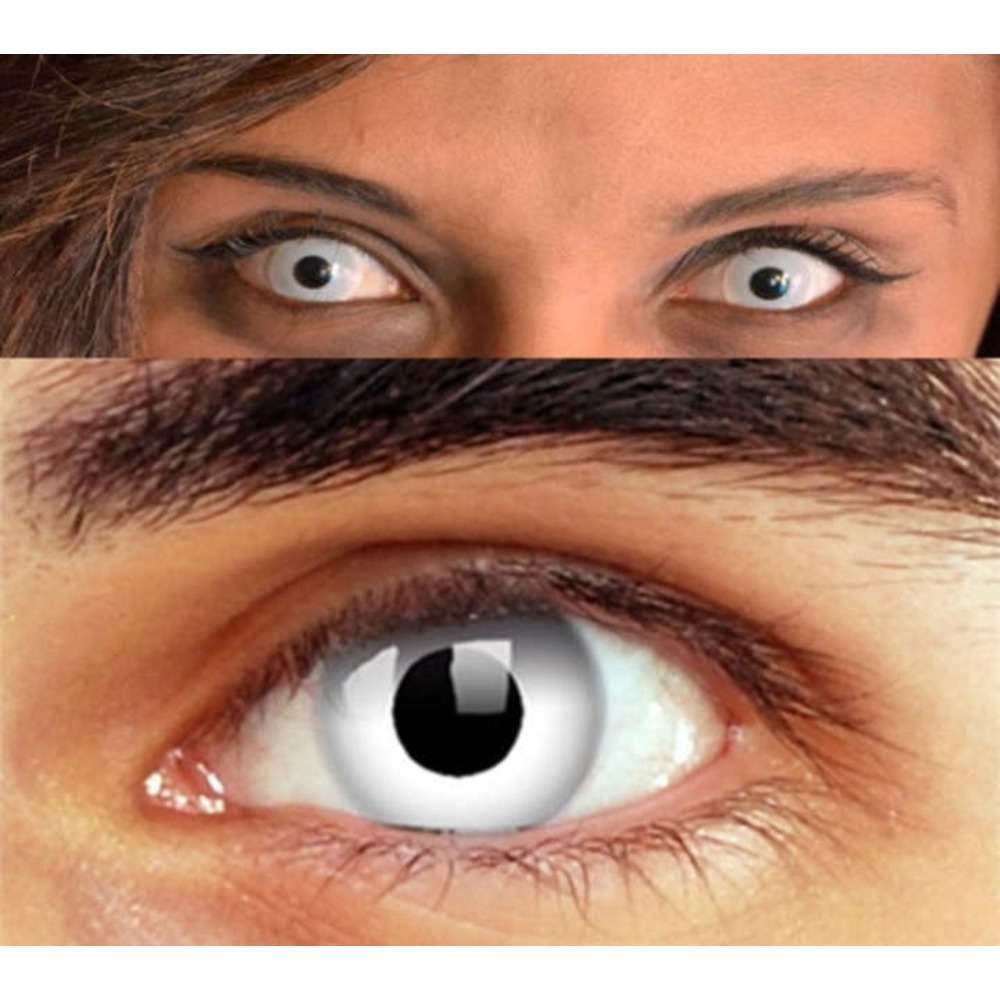

Ophthalmology referral for slit lamp evaluation, consideration of corneal culture, close follow-upįluorescein stain is usually linear if from trauma or foreign body, and round if from contact lens use

Non–contact lens users: broad-spectrum antibiotic eye dropsĬontact lens users: discontinuation of contact lens use topical fluoroquinolones or aminoglycoside drops Pathogens include Pseudomonas, Staphylococcus aureus, and Serratia yellow-green discharge suggests Pseudomonas Red eye, discharge, photophobia, decreased visual acuity Nonsteroidal anti-inflammatory drugs: ibuprofen, 400 to 600 mg three times per day naproxen, 250 to 500 mg twice per day or indomethacin, 25 mg twice per day Severe, boring eye pain that is worse with eye movement and radiates or causes headache red eye with thin, bluish sclera on examination decreased visual acuityĥ0% of cases are associated with rheumatologic disease Supportive care with cold compresses, ocular antihistamines, and artificial tears

Specific conditions that require ophthalmology consultation include acute angle-closure glaucoma, optic neuritis, orbital cellulitis, scleritis, anterior uveitis, and infectious keratitis.Įrythema of the bulbar conjunctiva, purulent discharge with bilateral matting of eyelids, no itching Neisseria gonorrhoeae infection has a hyperacute presentation with copious discharge, eye pain, and decreased visionĪll broad-spectrum antibiotic eye drops are effectiveĬulture should be performed only in severe cases, if the patient wears contact lenses, or if initial treatment is ineffectiveĮrythema of the palpebral or bulbar conjunctiva, serous discharge with mild to no itching adenovirus infection accounts for up to 62% of cases Because eye pain can be the first sign of an ophthalmologic emergency, the physician should determine if referral is warranted. Further examination with fluorescein staining and tonometry is often necessary. The physical examination includes an assessment of visual acuity and systematic evaluation of the conjunctiva, eyelids, sclera, cornea, pupil, anterior chamber, and anterior uvea. The history should focus on vision changes, foreign body sensation, photophobia, and associated symptoms, such as headache. Common eye conditions that can cause eye pain are conjunctivitis, corneal abrasion, and hordeolum, and some of the most serious eye conditions include acute angle-closure glaucoma, orbital cellulitis, and herpetic keratitis. Eye problems constitute 2% to 3% of all primary care and emergency department visits.


 0 kommentar(er)
0 kommentar(er)
